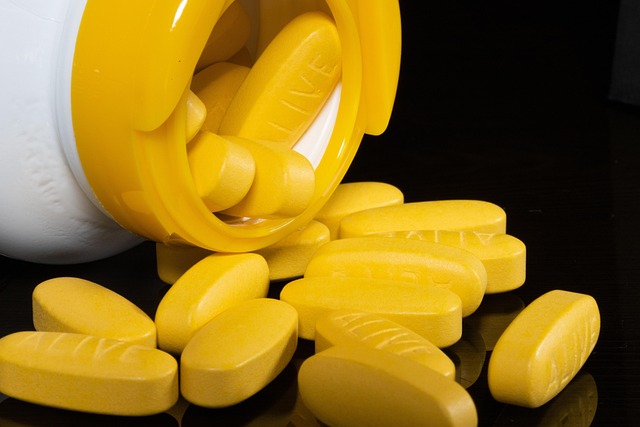Introduction: When Cellular Recycling Goes Wrong
Imagine tiny recycling centers within our cells, called lysosomes. They diligently break down waste materials like fats (lipids) and proteins. Niemann-Pick disease (NPD) represents a group of inherited disorders where these lysosomes malfunction. This leads to a harmful accumulation of specific lipids, primarily sphingomyelin and cholesterol, disrupting normal cell function and causing progressive damage.
The root cause lies in genetic mutations that impair crucial proteins needed for lysosomal processing. Think of it like broken machinery or faulty transport systems within the recycling center, leading to a backlog of unprocessed waste.
The Genetic Blueprint of Niemann-Pick Disease

NPD is classified into distinct types based on the specific gene mutation and the resulting molecular defect:
- **Niemann-Pick Disease Type A and B (NPA/B):** Caused by mutations in the *SMPD1* gene. This gene provides instructions for making the enzyme acid sphingomyelinase (ASM), which normally breaks down sphingomyelin. Insufficient ASM activity leads to sphingomyelin accumulating in lysosomes.
- **Niemann-Pick Disease Type C (NPC):** Primarily caused by mutations in the *NPC1* or *NPC2* genes. These genes code for proteins essential for transporting cholesterol and other lipids out of lysosomes. Defects here act like a broken exit door, trapping cholesterol and other lipids inside.
*SMPD1* Mutation --> Deficient Acid Sphingomyelinase (ASM) --> Sphingomyelin Accumulation (NPA/B)
*NPC1*/*NPC2* Mutation --> Defective Cholesterol Transport --> Cholesterol & Lipid Accumulation (NPC)Cellular Chaos: The Consequences of Lipid Buildup
When lysosomes become engorged with undigested lipids, it triggers a cascade of damaging effects within the cell. It's like a city's waste system overflowing: roads get blocked, toxic conditions arise, and essential services fail. Key cellular consequences include:
- **Lysosomal Enlargement:** Swollen lysosomes disrupt cellular structure and organization.
- **Impaired Trafficking:** Movement of essential molecules and organelles within the cell is hindered.
- **Cellular Stress:** Accumulation triggers stress responses (like ER stress and oxidative stress), further damaging the cell.
- **Inflammation:** Particularly in the brain (neuroinflammation) in neuronopathic forms like NPA and NPC.
- **Cell Death:** Ultimately, the sustained stress and dysfunction can lead to programmed cell death (apoptosis) or necrosis.
Diagnosing Niemann-Pick Disease

Diagnosing NPD typically involves a multi-pronged approach:
- **Clinical Evaluation:** Assessing symptoms, which vary widely depending on the NPD type and severity (e.g., enlarged liver/spleen, neurological decline).
- **Biochemical Testing:** Measuring ASM enzyme activity in blood spots or cultured cells (for NPA/B) or using filipin staining to visualize cholesterol accumulation in cultured skin fibroblasts (for NPC).
- **Biomarker Analysis:** Measuring levels of specific lipids or related molecules (e.g., oxysterols for NPC, lyso-sphingomyelin for NPA/B) in blood, often using techniques like LC-MS/MS.
- **Genetic Testing:** Sequencing the *SMPD1*, *NPC1*, and *NPC2* genes to identify the causative mutations, providing definitive confirmation.
Treatment Approaches: Current Status and Future Hopes
Managing Niemann-Pick disease currently focuses on alleviating symptoms and improving quality of life, as curative therapies are still under development.
**For NPA/B:** Enzyme replacement therapy (ERT) with Olipudase alfa (Xenpozyme®), approved in several regions including the US, Japan, and Europe, replenishes the deficient ASM enzyme. It effectively treats systemic (non-neurological) aspects but struggles to cross the blood-brain barrier to address neurological symptoms.
**For NPC:** Miglustat (Zavesca®) is approved in some regions (e.g., Europe, Canada, Japan) to manage progressive neurological symptoms. It reduces the production of certain complex lipids (glycosphingolipids), which may help lessen the burden on cellular pathways affected by cholesterol buildup. Supportive care remains crucial.
**Future Directions:** Active research areas include gene therapy (to deliver a functional copy of the mutated gene), substrate reduction therapies (to decrease the production of accumulating lipids), chaperone therapies (to help stabilize faulty proteins), and strategies to improve drug delivery across the blood-brain barrier.
Further Information and Support

For reliable information and community support, please consult these resources: